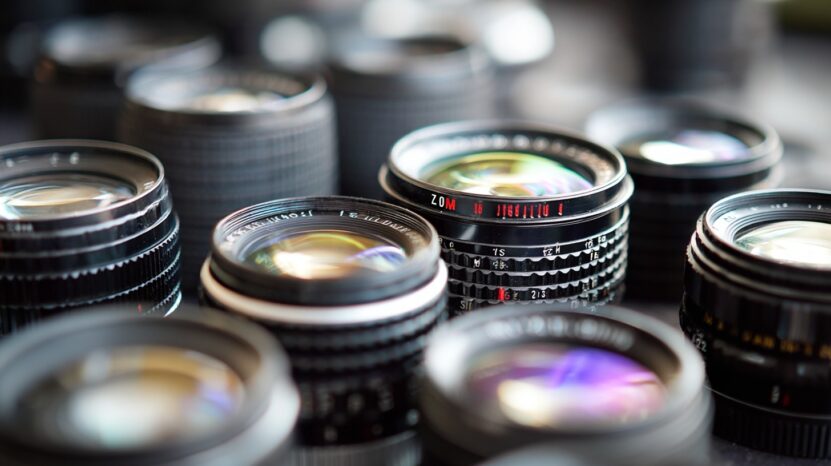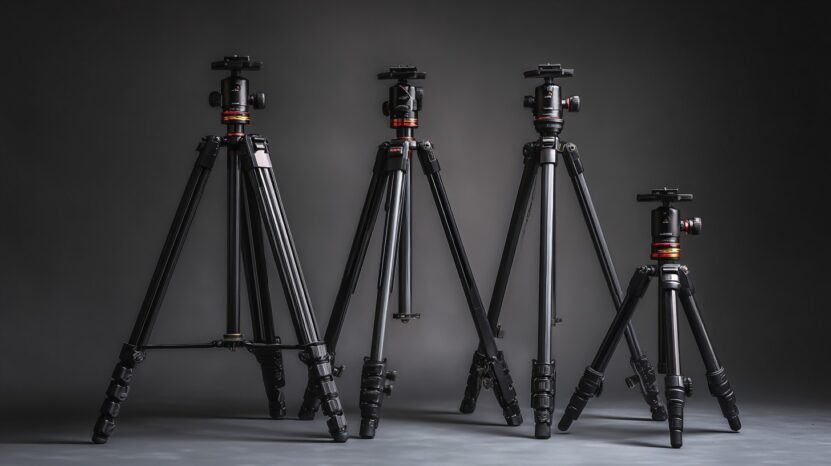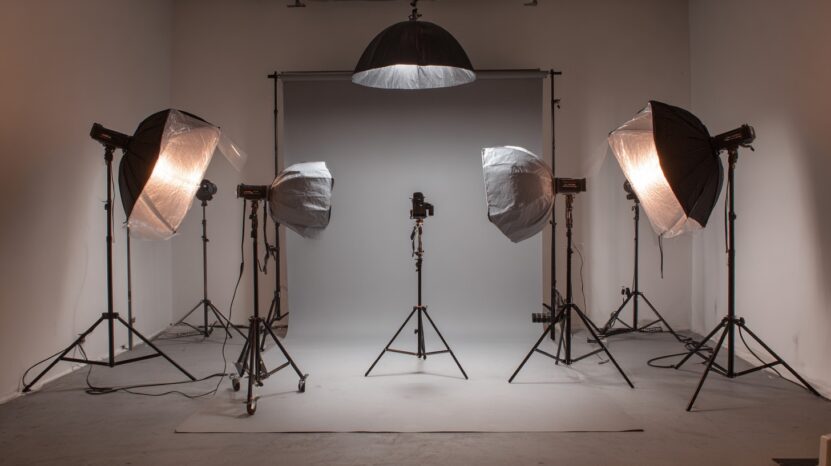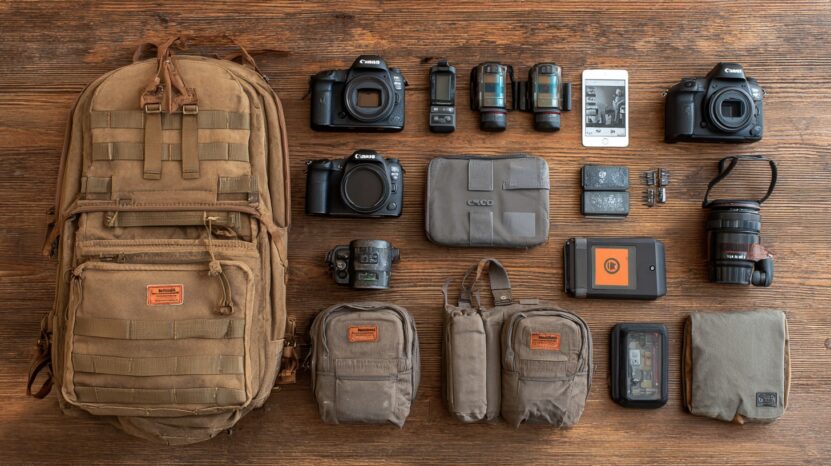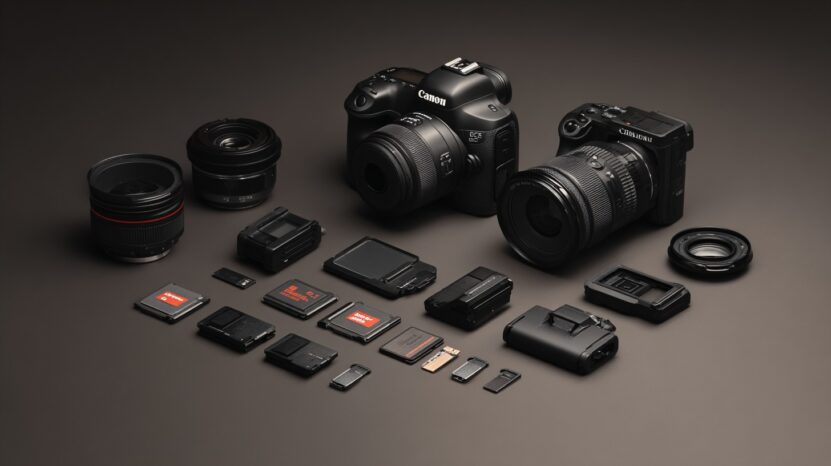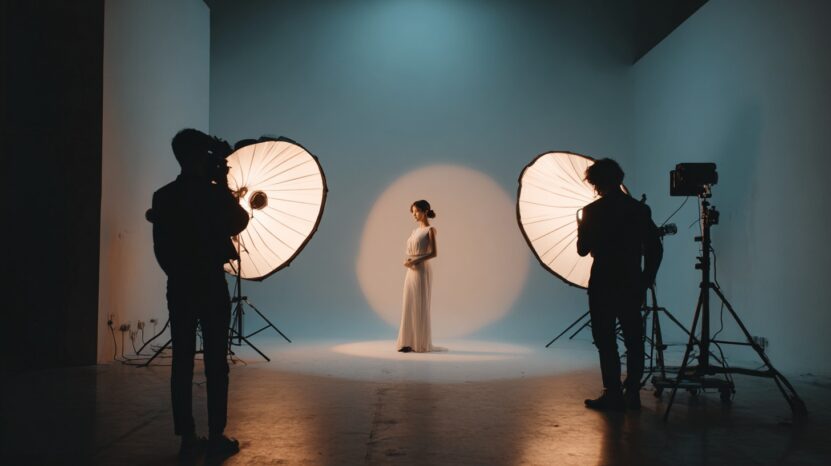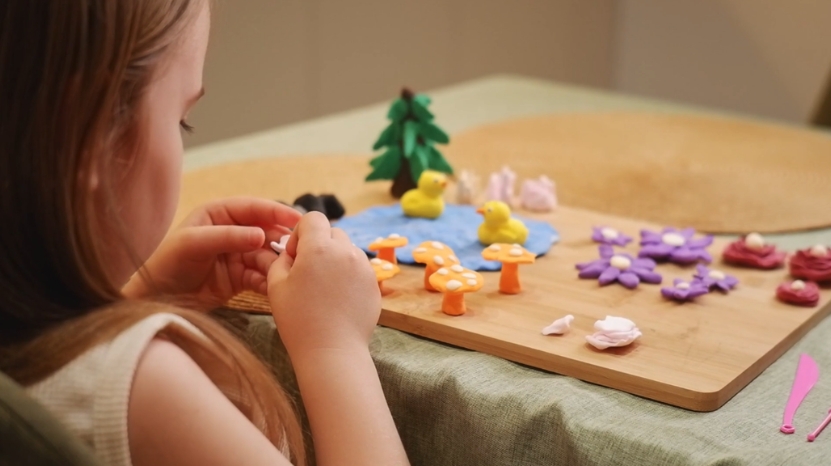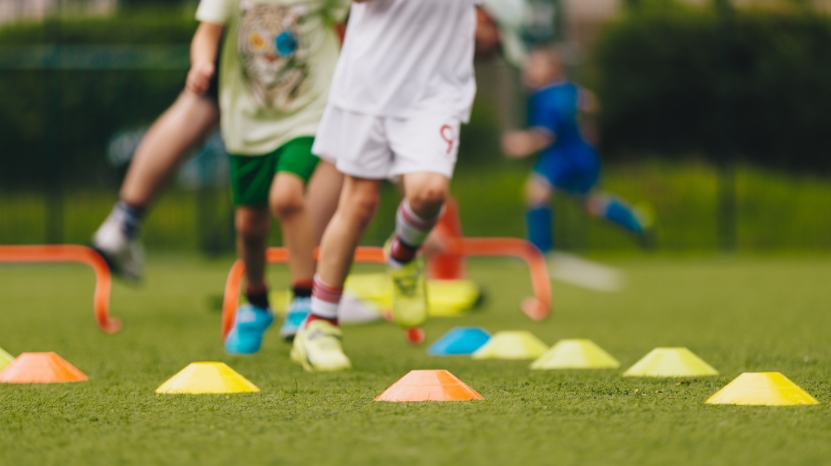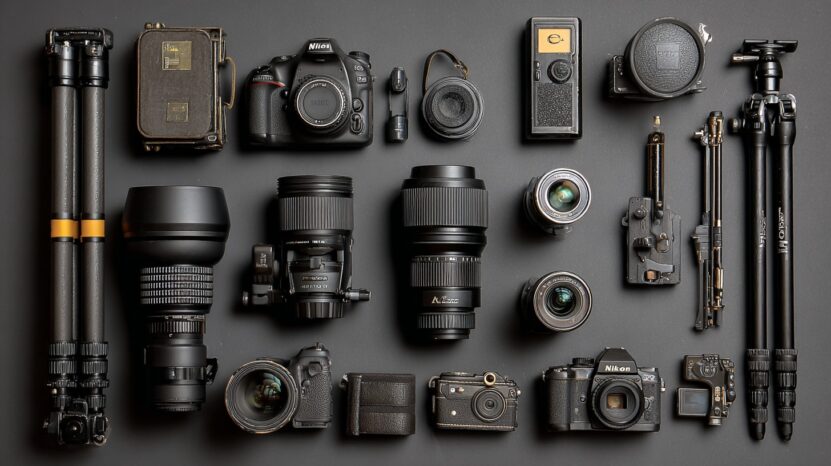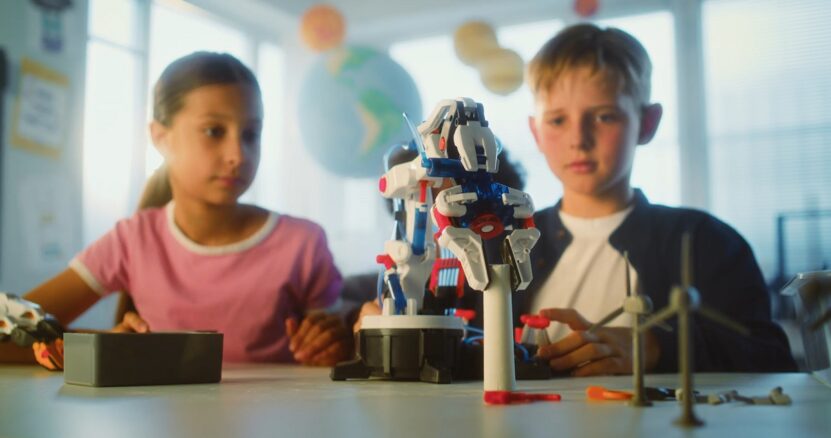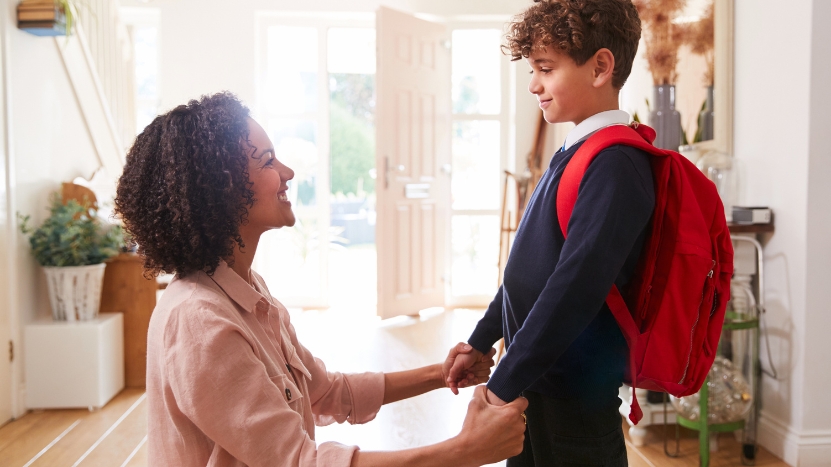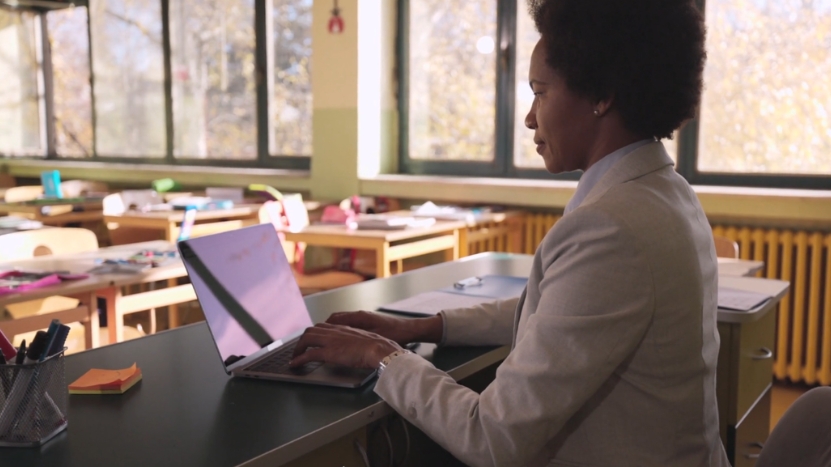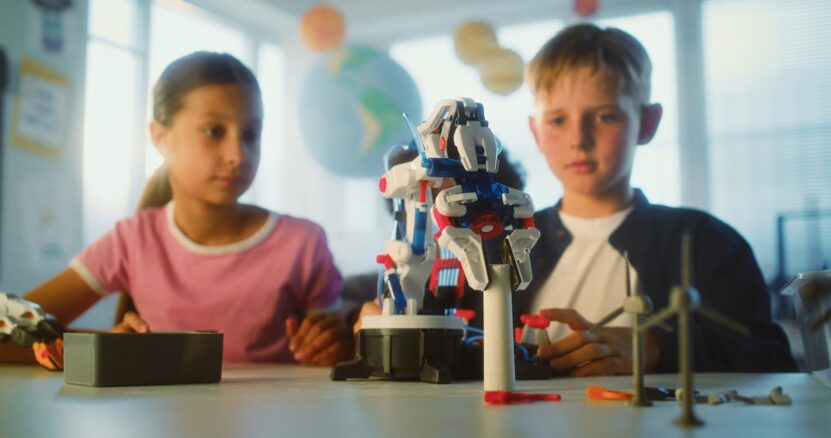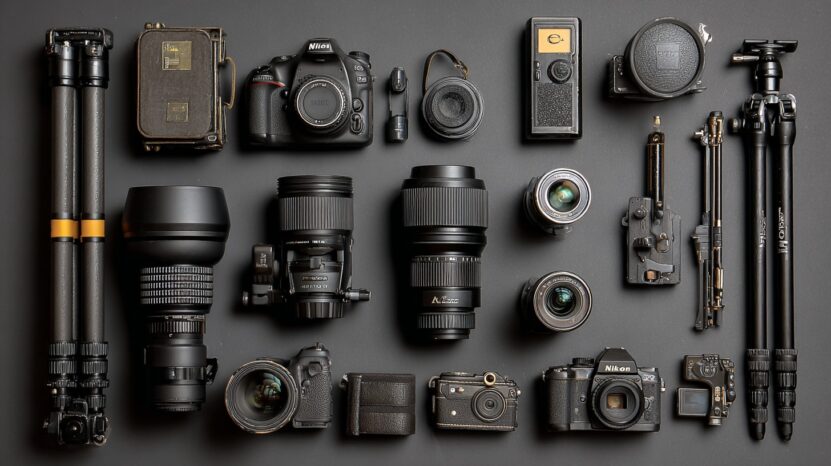
Share Post:
Hands-on experience is the backbone of photography education, allowing students to translate theory into practice.
Proper equipment gives them the chance to explore creative control, composition, and technical skill.
Schools must find a balance between affordability, durability, and educational value when building a photography classroom.
Investing in the right tools enhances learning and also fosters curiosity and confidence in young photographers.
Let us take a look at the best for teaching photography.
1. DSLR/Mirrorless Cameras for Manual Mode Learning
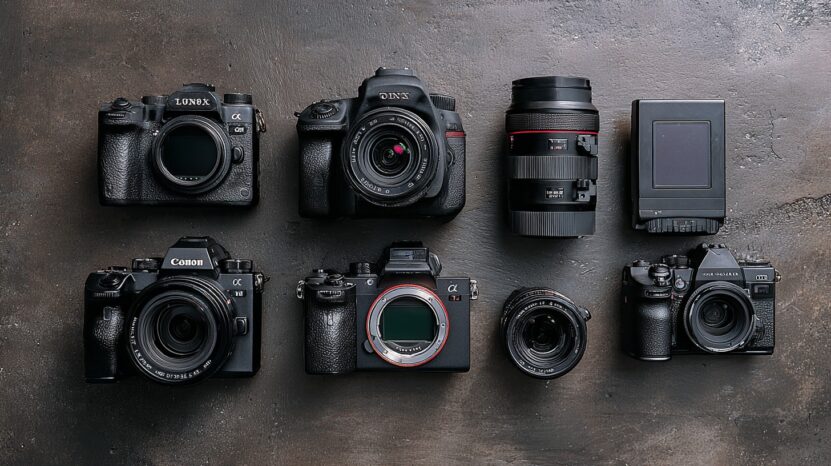
Manual mode cameras serve as the foundation for understanding how light interacts with camera mechanics.
Students gain first-hand experience with exposure, aperture, and shutter speed, three fundamental pillars of photography.
Entry-level DSLR and mirrorless cameras such as Canon EOS 2000D, Nikon D3500, and Fujifilm X-T200 strike the right balance between affordability and performance, making them ideal for classrooms.
Key features worth prioritizing include:
- Interchangeable lenses that allow creative experimentation.
- Built-in tutorials and guide modes that reinforce learning.
- Wi-Fi or Bluetooth for immediate image transfer and sharing.
Hands-on lessons can include exercises where students adjust aperture to control depth of field or modify shutter speed to capture motion blur.
Observing how such changes affect the final image fosters critical thinking and creativity.
Switching between manual and semi-automatic modes further reinforces learning progression.
Through repeated practice, students develop visual awareness, technical precision, and artistic control, skills essential for mastering photography at any level.
2. Standard Zoom Lens + 50mm Prime Lens
Lens selection determines versatility and creativity in the classroom.
A standard zoom lens such as the EF-S 18–55mm provides flexibility for:
- Landscapes
- Portraits
- Classroom assignments
It teaches framing and composition, as students can experiment with varying focal lengths.
A 50mm f/1.8 prime lens complements it perfectly, offering an introduction to shallow depth of field and low-light shooting.
Known as the “nifty fifty,” it produces beautifully blurred backgrounds and crisp subject isolation.
Practical activities could include comparing the two lenses at the same distance to illustrate lens compression and field of view differences.
Teachers can demonstrate how longer focal lengths compress backgrounds while shorter ones exaggerate space.
- Standard Zoom (18–55mm): Ideal for general use, group shots, and environmental portraits.
- 50mm Prime (f/1.8): Best suited for portrait and low-light sessions, emphasizing subject clarity.
Combining both lenses equips students with the versatility to adapt to various photographic challenges, while teaching them to choose lenses based on creative intent.
3. Backdrops for Studio-Style Shoots
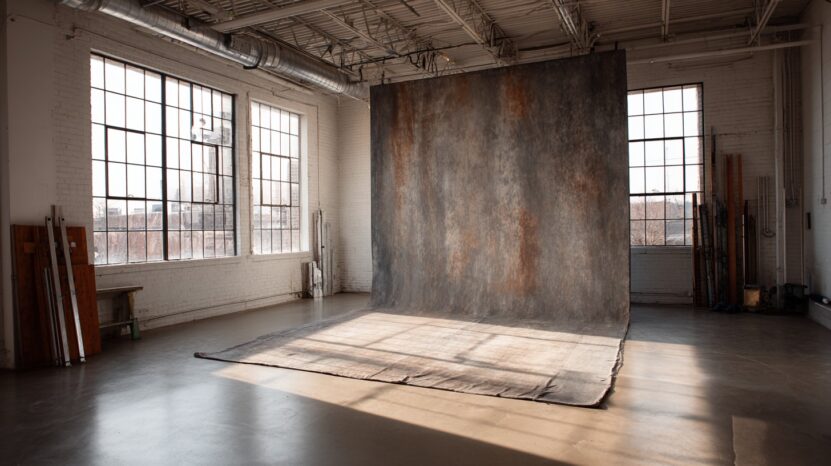
Creating a studio-like environment encourages creativity and professionalism in students.
Professional backdrops by Gravity Backdrops offer quality materials such as vinyl, muslin, and collapsible fabric suitable for portrait and commercial projects.
A grey or white vinyl backdrop provides a neutral, crease-free background, while a collapsible blue/grey option is excellent for mobile or chroma key applications.
Backdrops also serve as practical tools for visual lessons in composition and contrast.
- Vinyl Backdrops: Ideal for studio portraits due to their matte finish and durability.
- Collapsible Backdrops: Lightweight and portable for quick classroom setup.
Students can experiment with background-to-subject distance to control depth and separation.
Teachers can demonstrate how background tones influence subject emphasis and overall mood.
Lessons focusing on color harmony, contrast, and lighting ratios become much more impactful when paired with professional-quality backdrops that replicate real-world studio conditions.
4. Sturdy Tripod for Stability and Long Exposure
Tripods teach students discipline, patience, and technical control. A dependable yet affordable tripod such as the Velbon EF-61 delivers solid stability without exceeding a school’s budget.
Stability becomes essential for low-light photography, self-portraits, and long exposure work such as light trails or motion studies.
Teachers can incorporate assignments where students capture moving subjects, compare handheld shots to tripod-assisted images, and analyze differences in sharpness and composition.
Key benefits:
- Ensures sharp results in long exposures.
- Promotes safe handling of expensive cameras.
- Encourages students to plan each shot deliberately.
By using a tripod regularly, students develop habits aligned with professional standards. attention to:
- Detail
- Precision
- Preparedness
5. Studio Lighting Kits (LUMI200 or PIKA200)
Lighting determines the visual mood of every photograph.
Introducing students to lighting principles early, with appropriate budget friendly lighting kit, builds confidence in controlled environments.
Kits such as the LUMI200 MKII (mains-powered) and PIKA200 Pro (battery-powered) are perfect for both in-studio and outdoor sessions.
They allow flexible learning experiences and teach technical aspects like lighting ratios, light direction, and shadow control.
Educators can demonstrate classic portrait techniques such as Rembrandt, butterfly, and split lighting, helping students visualize how light shapes facial features.
Battery-powered kits are great for outdoor or on-location lessons, while mains-powered systems provide consistent results indoors.
- LUMI200 MKII: Best for permanent setups and classroom studios.
- PIKA200 Pro: Portable solution for location-based projects.
Through structured exercises, students gain insight into how lighting affects tone, contrast, and emotional impact, key elements in developing a professional eye for photography.
6. Light Modifiers – Umbrellas and Softboxes
Light modifiers transform how students perceive and control illumination.
Umbrellas and softboxes are vital for softening harsh light, minimizing shadows, and creating flattering results.
LUMI kits often include translucent umbrellas, perfect for demonstrating soft light diffusion in classroom conditions.
Practical lessons can include side-by-side comparisons of hard versus soft lighting to show differences in shadow quality and subject texture.
- Umbrellas: Spread light widely for group portraits and soft illumination.
- Softboxes: Offer controlled, directional lighting with gentle falloff.
Encouraging students to adjust light placement and modifier distance teaches them how light interacts with surfaces and subjects.
7. Camera Bags and Protective Gear
Organized storage preserves equipment quality and extends its lifespan.
Models like the Lowepro SH 140 and SH 160 combine compact design with strong padding for maximum protection.
Each bag contains adjustable dividers that let students safely organize cameras, lenses, and accessories.
Maintaining gear becomes part of the educational process, teaching responsibility and teamwork in shared learning environments.
Key features:
- Shock-resistant padding for drop protection.
- Multiple compartments for organization.
- Weather-resistant materials for outdoor use.
Proper equipment care minimizes classroom disruptions and ensures cameras stay functional for future classes.
Building habits around maintenance reinforces discipline, an essential attribute for future professionals.
8. Essential Accessories – SD Cards, Lens Hoods, Triggers
Supporting accessories improve workflow and protect valuable equipment. Reliable SD cards are vital for secure storage and efficient image transfer.
Teachers should encourage using two smaller cards instead of one large capacity card to reduce data loss risk during projects.
Lens hoods play an important role in maintaining image contrast and preventing unwanted glare, especially during outdoor activities.
Wireless triggers such as the Godox ST-IV expand teaching possibilities by introducing off-camera flash and remote lighting setups.
Essential accessories checklist:
- SD cards: Fast and durable for continuous shooting.
- Lens hoods: Minimize flare and enhance contrast.
- Wireless triggers: Enable remote control of lighting.
Small accessories simplify photo sessions and teach students about preparation, safety, and efficiency.
Integrating these tools ensures students experience a complete workflow, from setup and capture to review and reflection.
Summary
Properly chosen photography equipment can transform an educational program into an engaging and productive experience.
Schools can start small with essential gear like cameras, lenses, and tripods, gradually expanding to include lighting and studio setups.
Budget tiers or “starter kits” help schools plan for upgrades without financial strain.
Investing in reliable, education-focused tools builds a foundation for skill development and creativity, ensuring students gain the technical and artistic confidence needed to excel in photography.
Related Posts:
- What is Bloom’s Taxonomy and How Does It Apply to Teaching?
- The Tech Behind Vape Detectors and How They're…
- How Leadership and Technology Work Together to Drive…
- Total Number of High Schools in the U.S. (2025 Update)
- How to Choose the Right Online Learning Platform for Schools
- How Automation Improves Teacher Productivity in Schools


